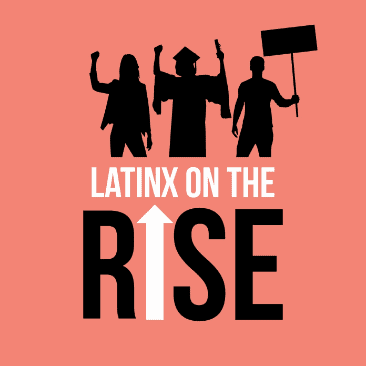As humanity evolves, language changes with it.
Some words fall off into the dark ages, new words are created, and some words come back.
Latinx is one of the new words that has grown in popularity on the internet, but not everyone knows what it means. Compared to the gendered Latina and Latino, Latinx is the gender-neutral alternative within the Latin LGBTQ+ communities.
Some people also use Latin@ as a way to show inclusivity by combining the o and the a into one symbol, but that hasn’t seen the same level of popularity.
Latinx is catching on across the internet. Academic centers, artists, writers, journalists, and major media sites like HuffPost and NPR are using it. One reason for the growth, besides more people acknowledging that there are more than two genders, is the simple reason that a lot of language is based around male pronouns. In Spanish, a group of women are called Latinas, but even one man in the group makes it Latinos. Latinx is a rebellion against that because it removes gender completely from an identity.
Jack Qu’emi Gutiérrez, a non-binary femme writer
explains, “In Spanish, the masculinized version of words is considered gender neutral. But that obviously doesn’t work for some of us because I don’t think it’s appropriate to assign masculinity as gender neutral when it isn’t. The ‘x,’ in a lot of ways, is a way of rejecting the gendering of words to begin with, especially since Spanish is such a gendered language.”
When
Time magazine looked into the increased use of Latinx, they noted that it’s become popular enough to start influencing other cultures as well. People are using Chicanx as a replacement for Chicano and Filipinx as a replacement for Filipina.
Now we want to hear from you! How do you identify?







